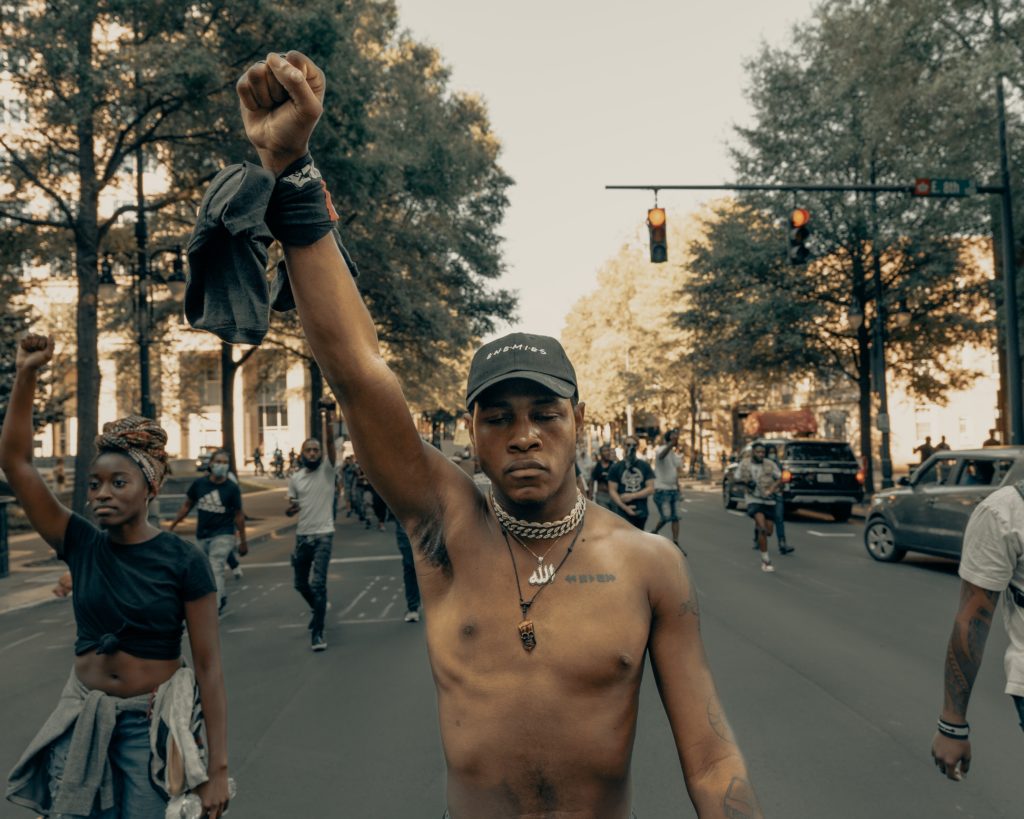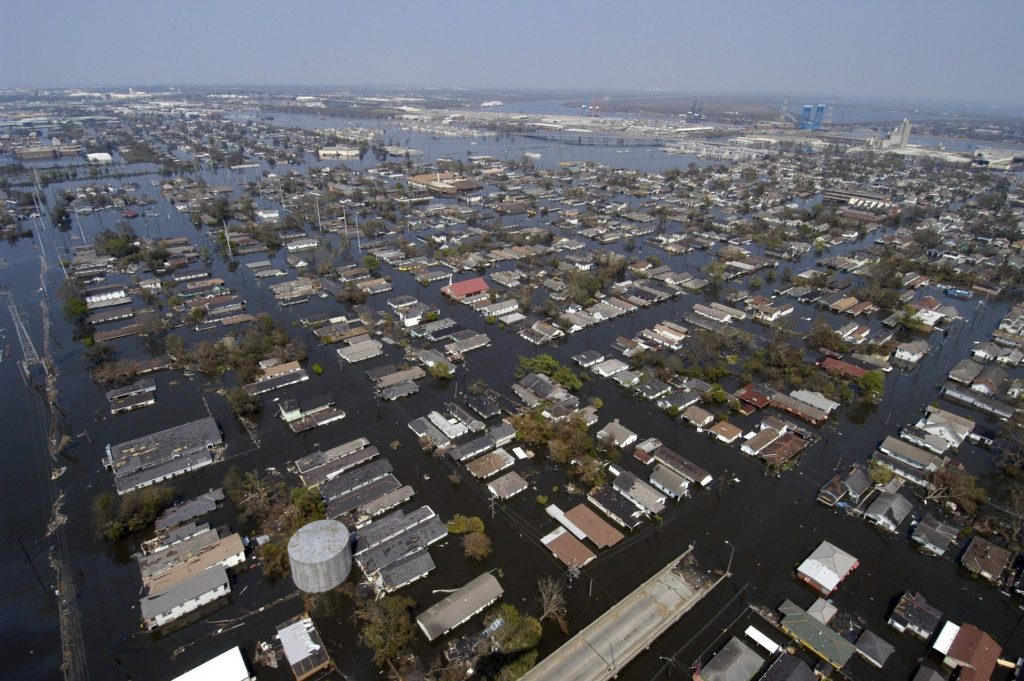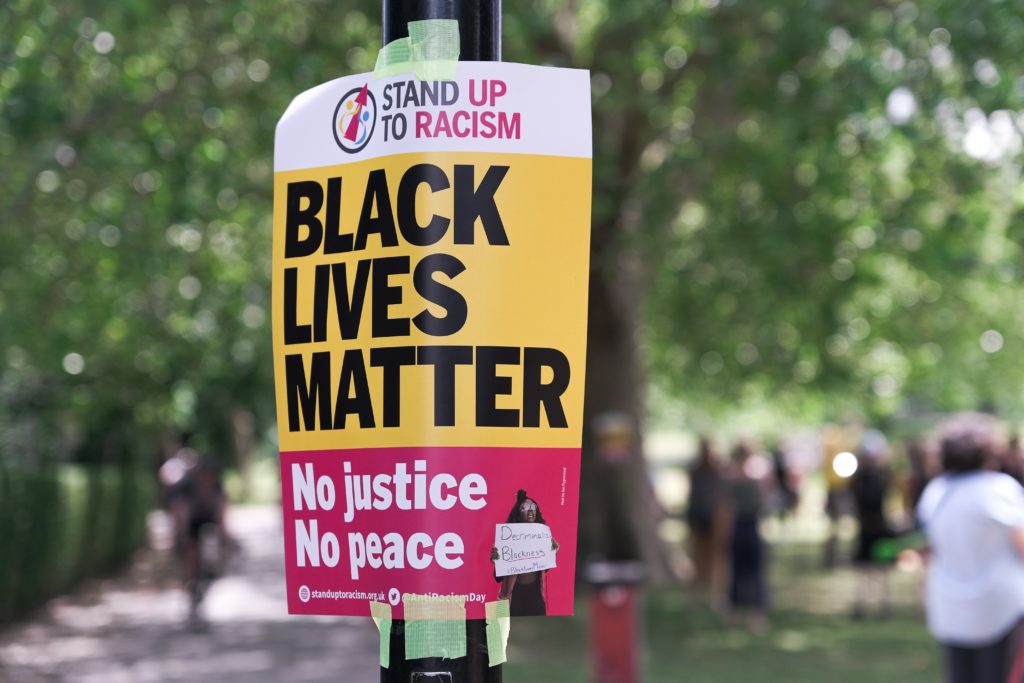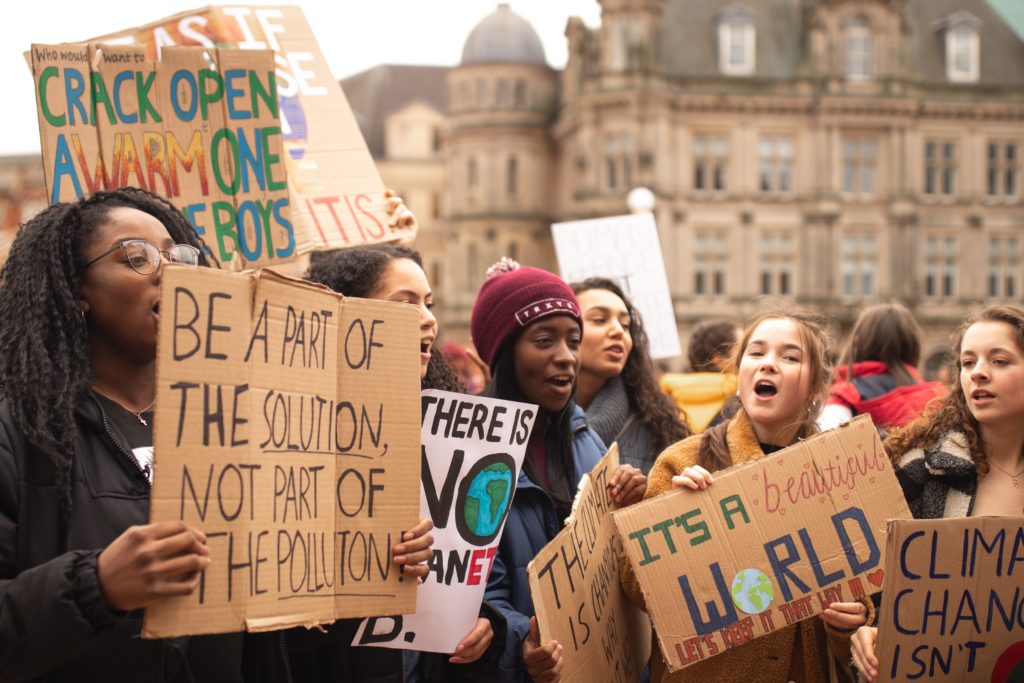Racial justice and climate justice; unlikely allies?
By Jessica Tinkler MSc Climate Change: Impacts, Adaptation and Mitigation Graduate (Ethical Team Intern Associate)

Climate change is unfair, it’s unfair to nature, it’s unfair to the planet and it’s unfair to people. Some ecosystems are affected more severely than others, and in the same way, climate change will disproportionately impact certain regions and particular groups of people. Until now, race and climate change have rarely been linked, but with the rise of the Black Lives Matter movement inciting more conversations about race, the commonalities of the climate emergency and racism, and their solutions, are uncovered. The parallels between environmental challenges and racism could be perceived as tenuous, but they’re not.

Why are some people more affected by climate change than others?
Future climate projections show the uneven distribution of hazards. While the global ambient temperature will increase, the changes will be most significant in polar regions. Similarly, the global hydrological cycle will be intensified and sea levels are rising however, this will result in extreme flooding events in some cities like Mumbai, Accra, Jakarta and Bangkok, while others will escape these challenges.
However, while the prevalence of and exposure to these climate hazards might increase, the vulnerability of communities and therefore the impact of a hazard, is dependent on additional composite factors. Fundamentally, the vulnerability of a system is entirely dependent on the conditions of the system. Vulnerability, while a contentious concept throughout climate change research, amalgamates the social and economic background of a population in relation to a climate hazard. These non-climatic factors could broadly include indicators such as poverty, access to resources or livelihood diversity. The IPCC (2014) states, with high confidence, that vulnerability also results from multidimensional inequalities driven by uneven development. They clarify further that people who are marginalised in any capacity (politically, culturally, socially etc) are more vulnerable to climate change.

However, as discussed, vulnerability is a composite measure, and cannot be based on a singular factor. More often, vulnerability is the result of compounding social pressures which can include racial discrimination. These pressures can lead to income and socioeconomic inequalities, exacerbating the impacts of climate change. Marginalised groups therefore have the least means to adapt to and prepare for climate change and are likely to live in areas more exposed to climate hazards.
What does justice have to do with climate change?
Climate justice is a relatively new concept which examines climate change through a human rights perspective, knowing that climate change has different outcomes for different groups of people. The impacts can differ based on gender, affluence, age and race. With the understanding that Black and Minority Ethnic (BAME) groups are marginalised in society, we can acknowledge the potential vulnerability of these groups to climate change, now and in the future.

Already, the disproportionate impact of COVID-19 evidences the vulnerability of the BAME community to external forces; in the UK a black man is three times more likely to die with COVID-19 than their white counterpart. Just as, historically, environmental disasters impact BAME groups more significantly than others. Hurricane Katrina in New Orleans impoverished and displaced swathes of primarily black people, already living in precarious and exposed locations. The devastation for these communities was a result of their exposure but also a governmental oversight of their communities, with a lack of evacuation procedures, resilient infrastructure and flood defences for these groups. Racial oppression led to the elevated vulnerability of black Americans in New Orleans, where white communities were entitled to and supplied with safer conditions. This story is not unique to New Orleans, marginalisation consistently leads to vulnerability of BAME groups to climate change, but we can still change this.

The likes of Greta Thunberg and the “School Strike for climate” movement have highlighted the intergenerational inequalities of climate change, but when will there be a movement shining a light on the racial inequalities? Racism is systemic and entrenches climate vulnerability within communities. Until racism is tackled, and core injustices addressed climate justice cannot be attained. We need to take this opportunity to create a cohesive and inclusive climate change movement. In doing so, we can simultaneously tackle the greatest inequalities and prejudices of society and create resilient communities.
Next year, if extreme rainfall causes flooding in both Miami and Dakar, which city will be given the most attention? It’s time to start talking about racial justice for climate justice.
Join Mailing List
